Libraries are reopening, even as the COVID-19 pandemic remains a constant threat. Safely reopening these beloved public institutions is a job that falls heavily on librarians.
Local libraries allow everyone access to literature, nonfiction, and periodicals. Libraries, including public spaces near the building, also frequently provide the best internet access for those who can’t afford it at home. They offer critical services to everyone in the community, including those most in need.
It’s no wonder that libraries are important for community well-being. The public, yearning for any semblance of the lives we had before the pandemic, is eager for libraries to reopen safely before a vaccine is in wide use. Here are some tips on how to do it.
Screening and documentation
A particularly insidious aspect of COVID-19 is that a large percentage of infected people (up to 50 percent by some estimates) have such mild symptoms that they never suspect they’re infected. In fact, many suffer no symptoms at all. This leads to “asymptomatic spread,” which is when people who don’t realize they are infected unknowingly infect others.
When reopening your library, you must ensure that your employees can safely return to work. Use this Jotform COVID-19 screening template to determine if any of your staff has potentially been exposed to the virus. You can adapt this Jotform COVID-19 questionnaire template to help staff determine whether vague signs of illness are actually symptoms of the virus.
It’s important to consider the issue of legal liability if an employee becomes infected with COVID-19 after they return to work. Employees should willingly sign a COVID-19 liability waiver to protect the financial integrity of the library in the event they become sick, despite all prudent measures to protect them.
Particularly in regions experiencing high infection rates, you must be prepared to quickly alert everyone potentially exposed to an infection if one occurs. Use the Jotform contact tracing template, which visitors can complete before leaving the library.
Wearing masks and practicing good hygiene
The possibility of asymptomatic spread means we must assume someone nearby could be infected with the coronavirus. Masks are indispensable protection for everyone — both staff and visitors — inside the library. They can inhibit the spread of virus particles from an infected person. Prominently display signs throughout the library to remind everyone about the need to wear masks.
In addition, despite wearing masks and disinfecting regularly — we could inadvertently pick up coronavirus germs by touching a contaminated surface. Washing and sanitizing our hands — along with consciously disciplining ourselves to resist touching our faces — drastically reduces the chances of the virus getting into our respiratory system. Make sure that hand sanitizer is available for library staff and patrons throughout the building, particularly at the entrances, and regularly refill soap and paper towel dispensers in the restrooms.
Disinfecting
Libraries are tidy and orderly spaces. Library staff regularly straighten up reading areas, and they shelve and organize thousands of books and periodicals to ensure that patrons can easily find what they need. Countless items move from one set of hands to another throughout the course of a day.
This “high touch” environment is primed to spread the virus via heavier airborne virus particles that settle on surfaces. Research indicates the virus can remain alive for hours or even days on various common surfaces.
Library staff must regularly disinfect hard surfaces — like tables, counters, furniture, handles, and doorknobs — using an EPA-approved disinfectant capable of killing the coronavirus. How often is “regularly”? It’s at least daily for items such as tabletops, floors, and counters, and more frequently for keyboards, handles, and doorknobs.
To be systematic about your disinfection protocols, use a Jotform cleaning and disinfection template.
Handling shared materials safely
It’s unclear if the virus lingers on paper, and if so, for how long. To be safe, require patrons to check out magazines rather than reading shared copies in your periodicals section. Leave these and other library materials untouched for 72 hours when they return. Suspend access to physical newspapers entirely.
Disinfecting books is problematic, as all disinfectants are liquid (with the exception of ultraviolet light, which is probably unaffordable for most libraries). Address these concerns by placing hand sanitizer at convenient locations along with signs encouraging the use of sanitizer before and after handling library resources. Have staff wear gloves when handling shared resources, such as books and magazines.
Social distancing
Libraries are welcoming places. Before the pandemic, it was common for people who perhaps were lonely or without a warm (or air-conditioned) place of their own to take refuge in the library. Not everyone can afford to sit at a coffee shop for hours, but everyone who follows the rules can stay at the library for hours.
Sadly, the library must curtail this aspect of the experience to operate safely during the pandemic. Even with everyone wearing a mask, social-distancing protocols restrict the number of people — staff and visitors combined — in the building at any one time.
Many libraries are limiting how long each visitor can remain to accommodate demand. The leisurely library visits before COVID-19 must be more utilitarian now. Instead of sitting down to read magazines and put them back on the shelves, visitors must check out magazines and read them elsewhere.
Maintaining the required six feet between each person will continue to be a challenge in a space designed for both milling about and staying still. Staff should arrange chairs and tables to keep proper distance during the protracted times people are relatively close to each other. This is a real challenge in libraries that rely on shared tables and counters, so remove chairs or mark off spaces as needed.
For the duration of the pandemic, libraries will be unable to accommodate as many visitors as they did before.
Libraries, like restaurants, may need to be takeout only
A great joy of visiting the library is browsing for books and taking home the ones that, by serendipity, capture your interest. This simple pleasure is another casualty of the pandemic. Safety concerns limit how freely patrons meander in search of books; they should stay seated as much as possible during their visits.
The solution for libraries is the model so many restaurants have adapted. Patrons can check out books remotely, by internet or phone call, and staff can safely hand them off to the library visitor at a prearranged time.
The constant vigilance required to avoid infection can be exhausting. People are certain to make mistakes or drop their guard. We can offset human error by implementing firm rules on mask wearing, systematically encouraging good hand hygiene, and rearranging the physical space to encourage social distancing.
Eventually this pandemic will fade and people will write books about it — and perhaps you can then meet with friends at the library once again to discuss them.





























































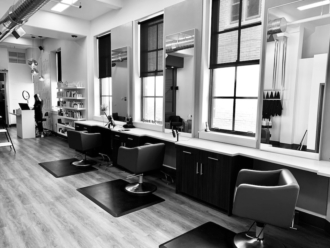



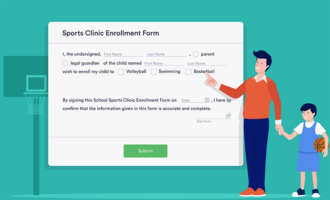
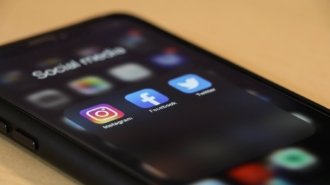






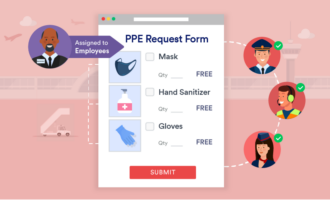




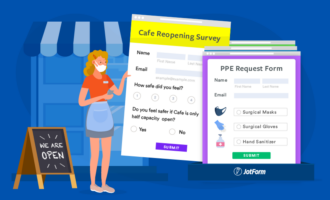

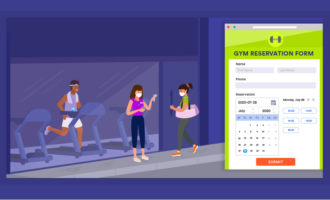


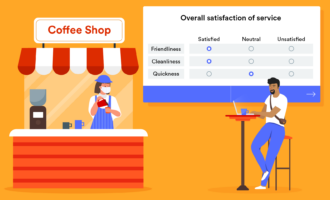
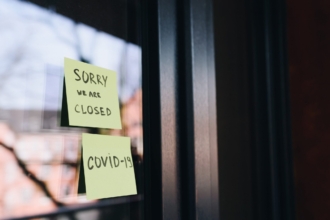


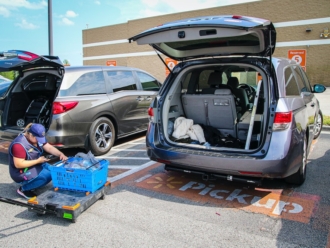








Send Comment: